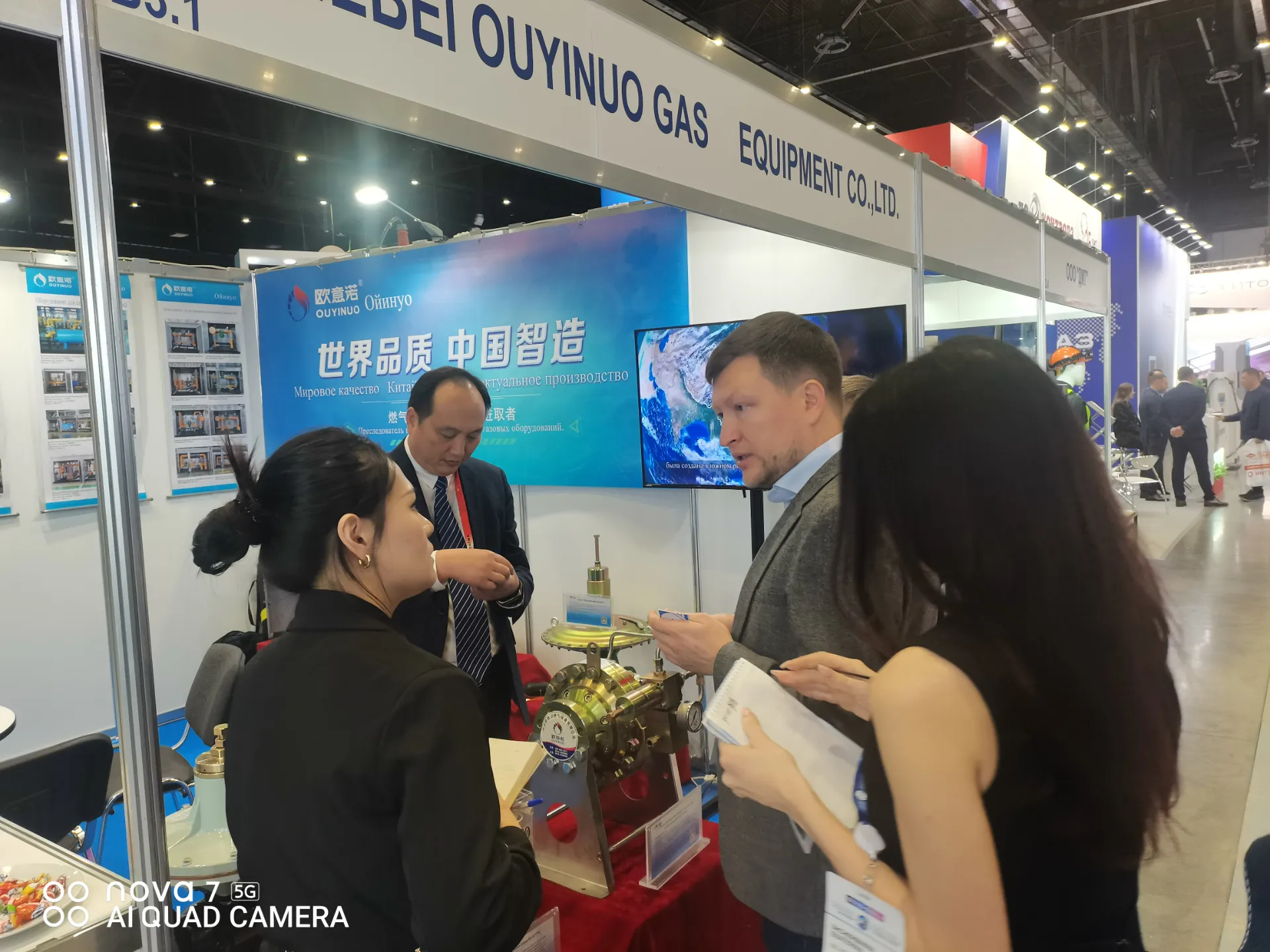
Nov . 05, 2024 02:44
Back to list
pressure reducer
Understanding Pressure Reducers Essential Components in Fluid Systems
A pressure reducer, often referred to as a pressure regulator, is a crucial component in various fluid systems, ranging from industrial applications to everyday household use. Its primary function is to maintain a consistent output pressure, regardless of fluctuations in the input pressure, thus ensuring the safety and efficiency of the entire fluid delivery system.
How Pressure Reducers Work
At its core, a pressure reducer is designed to decrease the input pressure from a source, such as a gas cylinder or a water supply line, to a desired setpoint. This is achieved through a simple yet effective mechanism. The device typically contains a diaphragm or piston that responds to the pressure of the fluid. When the input pressure exceeds the target pressure, the diaphragm or piston moves, adjusting a valve that regulates the flow, thus lowering the output pressure.
The two crucial parameters in any pressure reduction scenario are the inlet pressure (the pressure of the incoming fluid) and the outlet pressure (the pressure at which the fluid is delivered). Achieving a stable output pressure is vital for applications such as gas distribution in heating systems, fluid transport in laboratories, and various industrial processes.
Applications of Pressure Reducers
Pressure reducers find applications across a myriad of industries. In the healthcare sector, for instance, they are essential for controlling the delivery of gas mixtures in medical equipment. They ensure that an exact amount of oxygen or anesthetic gas is supplied to patients, which is critical for their safety and treatment efficacy.
pressure reducer

In the manufacturing realm, pressure reducers maintain the integrity of pneumatic systems that rely on compressed air. By ensuring consistent pressure, they help in operating tools and machinery effectively, thereby reducing wear and tear and enhancing productivity.
Household appliances, such as gas stoves and water heaters, also use pressure reducers to manage the pressure of the gas or water supplied, preventing potential hazards such as explosions or leaks. This ensures not only operational efficiency but also safety for users.
Choosing the Right Pressure Reducer
When selecting a pressure reducer, several factors must be considered. The type of fluid, the operating pressure range, and the required flow rate all play vital roles in determining the appropriate unit. It is essential to choose a pressure reducer that can handle the maximum expected input pressure while providing a stable output pressure within the desired range.
Additionally, the material construction of the pressure reducer should be compatible with the fluid being regulated. For example, corrosive substances require reducers made from specific alloys or plastics to prevent degradation.
Conclusion
Pressure reducers are indispensable in both industrial and domestic settings. Their ability to regulate and maintain consistent fluid pressures not only enhances system performance but also ensures safety across applications. As technology evolves, the design and functionality of pressure reducers continue to improve, offering more precise control and adaptability in various environments. Understanding these devices and their significance is crucial for anyone involved in fluid system management or design.
Next:
Latest news
-
Safety Valve Spring-Loaded Design Overpressure ProtectionNewsJul.25,2025
-
Precision Voltage Regulator AC5 Accuracy Grade PerformanceNewsJul.25,2025
-
Natural Gas Pressure Regulating Skid Industrial Pipeline ApplicationsNewsJul.25,2025
-
Natural Gas Filter Stainless Steel Mesh Element DesignNewsJul.25,2025
-
Gas Pressure Regulator Valve Direct-Acting Spring-Loaded DesignNewsJul.25,2025
-
Decompression Equipment Multi-Stage Heat Exchange System DesignNewsJul.25,2025

